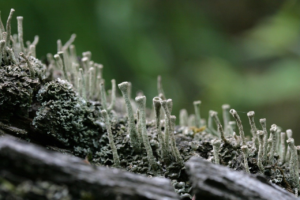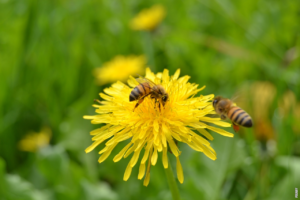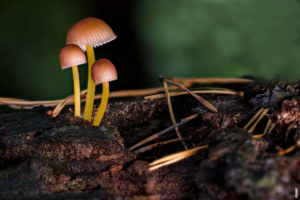The Marvel of Bird Migration
Migration is a remarkable phenomenon observed in various species of birds. Every year, countless birds embark on long journeys, covering thousands of miles in search of food, suitable breeding grounds, or favorable climates. These impressive feats of endurance and navigation have captivated scientists and nature enthusiasts for centuries.
Navigating the Skies
During migration, birds rely on a combination of celestial cues, landmarks, and magnetic fields to navigate their way across vast distances. But what about their nutritional needs during these extensive journeys?
Feeding Strategies on the Fly
Birds have evolved ingenious feeding strategies to sustain themselves during migration. One such strategy is to feed on the wing, allowing them to refuel without interrupting their journey. This airborne dining experience requires remarkable agility and precision.
Aerial Insectivores: The Masters of Mid-Air Feeding
Aerial insectivores, such as swallows and swifts, are the true masters of mid-air feeding. These birds have developed specialized beaks and mouths that enable them to catch insects on the wing effortlessly. They perform incredible acrobatic maneuvers, darting and swooping through the sky to snatch their prey. It’s a mesmerizing sight to witness.
The Hovering Hummingbirds
Hummingbirds, the smallest birds in the world, have their own unique feeding technique. With wings that beat up to 80 times per second, they can hover in mid-air, sipping nectar from flowers with their long, slender beaks. This adaptation allows them to extract the energy-rich nectar they need for their long migratory flights.
Post
Post
Strategic Pit Stops
While birds feed on the wing, they also rely on strategic pit stops along their migratory routes. These stopover sites are critical for rest, refueling, and replenishing energy reserves. Birds can be observed congregating in wetlands, forests, and other areas rich in food and shelter. It’s a fascinating sight as various species come together, sharing resources and preparing for the next leg of their journey.
Adapting to Changing Food Sources
As birds migrate across different regions, they encounter varying food sources. Some birds, like the Arctic Tern, are known for their impressive ability to locate productive feeding areas across vast oceanic expanses. They adapt their feeding strategies to take advantage of available food, whether it be fish, insects, or other small prey.
Surviving the Journey
Migrating birds face numerous challenges during their journey, including adverse weather conditions, predators, and habitat loss. Their ability to find and exploit food sources efficiently is crucial for their survival. Understanding their feeding strategies not only sheds light on their incredible adaptations but also highlights the importance of preserving their habitats along migratory routes.
The Wonders of Bird Migration
Bird migration is a breathtaking spectacle that showcases the resilience and tenacity of these avian travelers. As they soar through the skies, navigating vast distances and overcoming numerous obstacles, birds continue to awe and inspire us. Their feeding strategies, perfectly honed through evolution, ensure that these magnificent creatures complete their epic journeys year after year.



